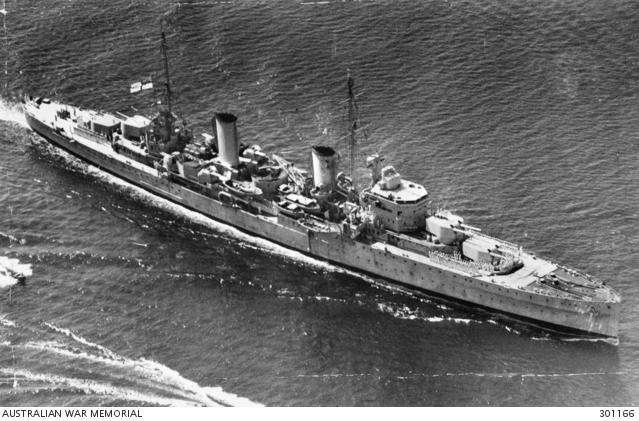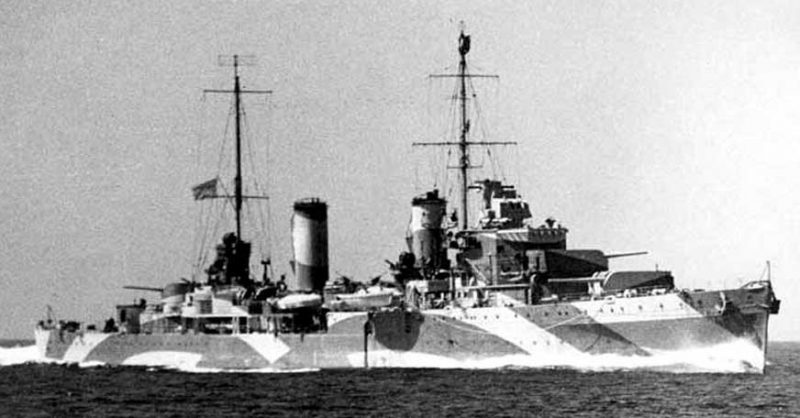Australia and Indonesia are joining forces to protect the wreckage of the HMAS Perth off the coast of Java. Next month, they will jointly dive the wreck that is believed to contain the remains of forty to sixty seamen. The operation is in response to their belief that the wreck is being illegally destroyed by salvagers.
Three Japanese vessels that were sunk off the coast of Borneo by US ships in World War II have reportedly been destroyed by illegal salvaging operations.
The dive on the Perth is intended to acquire a detailed survey of the vessel. It is the first such survey since 2014. That survey followed the discovery that the ship and others in the area had been ripped up for scrap.
The Australian National Maritime Museum and the Indonesian National Research Centre of Archaeology performed a sonar survey in December, but the results were not conclusive as poor weather hampered their ability to get good quality images.
Kevin Sumption, director of the Australian Museum, said that the dive will determine the wreck’s condition, whether it had recently been the target of salvagers, its level of corrosion and its historical and archaeological significance.
Sumption acknowledged the fears of the community and professed that they are doing everything possible, in conjunction with their Indonesian partners, to protect the Perth.
I Made Geria, the director of the Indonesian archaeology center, said that they will take immediate action based on the results of the sonar survey and dive.
The HMAS Pert was sunk with 353 crew during the Battle of the Sunda Strait by the Imperial Japanese Army on March 1, 1942.
During her three years in service, the Perth evacuated Allied troops from Greece, fought against the Vichy in Syria and lost 13 men during the Battle of Crete.

Colin Bancroft’s father, Arthur Bancroft, survived the sinking of the Perth and forced labor as a PoW on the Burma-Thai railway. Colin welcomed the news that efforts were underway to preserve the ship. He was glad that his father passed away before news of the salvaging came out. He feels that the two remaining survivors must be distressed knowing that their crewmates are still on the ship.
The international community has reacted with outrage in response to the salvaging beginning with the disappearance of three Dutch vessels last year. This has sped up the project to save the HMAS Perth.
Naval shipwrecks are prized by illegal salvagers for their high-value scrap metal. The propellers are often the first items stolen. They are frequently made of phosphor bronze and weigh up to 15 tons each. Currently, the market rate for phosphor bronze is nearly $4,000 per ton.
Lyle Phillips, president of the HMAS Perth National Association, said that his organization welcomed the news of the dive and was hopeful that it would result in increased protection of the site, Busselton Mail reported.
Military historian Pattie Wright worries that it is already too late. It’s been three years since the first reports of salvage activity at the site. She doesn’t know why it took so long and feels that it is already too late to save the ship.
The dive will be preceded by exhibitions in the US and Indonesia commemorating the 75th anniversary of the battle.
